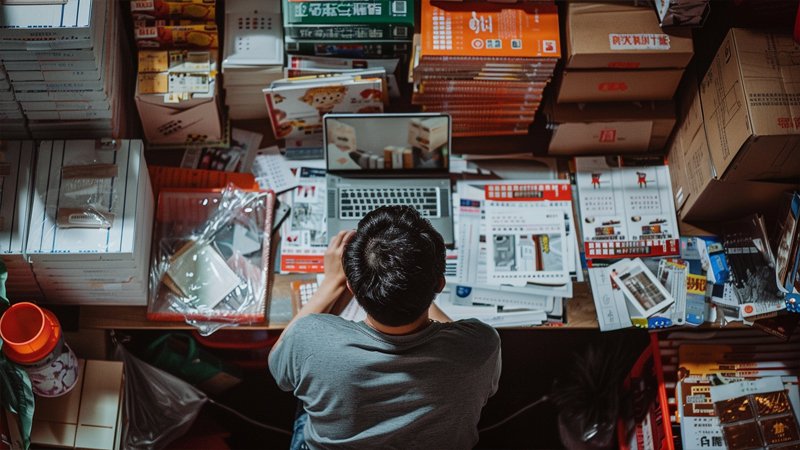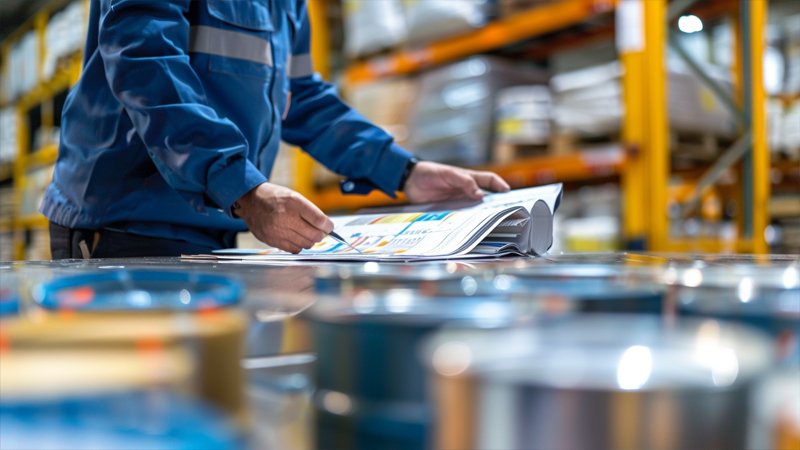
I still remember my first attempt at importing goods from China—both thrilling and a little intimidating.
Effective importing starts with smart planning, cost-saving tactics, and thorough supplier checks. By proactively managing each step—from budgeting to product inspections—you can turn imports into a profitable adventure.
I wish I had known half these tips beforehand.
What Practical Advice Can Help You Effectively Import Goods From China?
Starting on the right foot can spare you countless headaches.
Begin with clear goals, research logistics costs, and communicate frequently with suppliers. Steady planning prevents unexpected delays and financial hiccups.

When I first jumped into importing, I underestimated how many moving parts were involved. From product specs to shipping schedules, every detail matters. One of my biggest revelations was realizing how crucial it is to define your goals. Are you aiming for a small test batch to gauge customer interest, or do you plan on placing large orders right away? Knowing your purpose shapes everything from supplier choice to logistics planning.
I also learned the hard way not to rely solely on assumptions. Calculate shipping fees, customs duties, and potential taxes upfront, because hidden costs can seriously undercut your profit margins. Freight forwarders can be lifesavers here, guiding you through complex shipping routes and paperwork. I became best friends with my freight forwarder, who helped me spot cost-saving opportunities I didn’t even know existed.
Communication is another game-changer. I used to rely on sporadic emails, but found that setting up regular calls or video chats with suppliers created a more trusting partnership. If a supplier feels comfortable discussing hiccups early, you can fix those issues before they turn into major setbacks.
How Can You Reduce Import Costs and Minimize Associated Risks?
Sometimes, trimming expenses can be as simple as asking the right questions.
Shop around for competitive freight quotes, negotiate payment terms, and consider group shipments. Risk management includes diversifying suppliers and insuring valuable cargo.

One of the best tips I ever got was to compare multiple freight rates. It might sound obvious, but I was so busy with product details that I forgot to see if there were cheaper shipping routes or discount deals. By requesting quotes from different carriers, I occasionally saved hundreds—sometimes thousands—of dollars.
Negotiating payment terms can also ease cash flow pressure. For instance, if you can arrange a partial payment upfront and the rest upon arrival, you won’t tie up all your capital at once. That arrangement proved invaluable for me, especially when sales took a little longer to ramp up than expected.
When it comes to risk management, I learned the importance of spreading out orders among several suppliers. It lessens the blow if one factory has a delay or quality problem. And don’t forget about cargo insurance1. It might be tempting to cut corners, but if a shipping mishap occurs—like storm damage or lost containers—you’ll be grateful for that safety net.
Reducing costs and minimizing risks isn’t just about saving money today; it’s about building a stable, sustainable import business for tomorrow.
What Tips Can You Follow to Select Reliable Suppliers in China?
Finding the right supplier can feel like looking for a needle in a haystack.
Verify factory credentials, request samples, and evaluate communication skills. A transparent, responsive supplier helps avoid production hiccups and delayed shipments.

My first few searches on B2B platforms like Alibaba left me overwhelmed by countless supplier profiles2. After messaging a few, I realized how vital response time and clarity are. A supplier who took days to reply or sent vague responses raised red flags for me. On the other hand, those who provided detailed answers and asked clarifying questions showed they genuinely cared about meeting my requirements.
Samples also become your secret weapon. Before finalizing a big order, I always request a sample run to see if the product meets expectations. It might cost more initially, but it’s cheaper than a full batch of unsellable goods. I remember once receiving a test sample of cosmetic packaging that looked completely different from the photos—had I ordered in bulk, it would’ve been a disaster.
Finally, if your budget allows, consider a factory audit3 or hiring an inspection team to visit the site. While I haven’t always done this, it pays off when you’re dealing with high volumes or complex products. Nothing beats on-the-ground verification when you want to be absolutely sure.
By staying thorough and open-minded in your supplier search, you set the stage for smoother business transactions and fewer unwelcome surprises.
What Are the Most Effective Methods to Ensure the Quality of Imported Products?
Quality control can make or break your reputation with customers.
Conduct pre-production checks, schedule mid-production visits, and finalize random inspections. Consistent oversight helps detect issues early and prevents large-scale product flaws.

I remember the nervous excitement of my first large order. Everything looked great on paper, but when the shipment arrived, a notable percentage of items had defects. That experience convinced me of the value of quality checks4 at multiple stages. By setting up a pre-production audit5, you confirm that materials match your specifications before the factory even gets started.
Mid-production visits are just as critical. At about the halfway point, inspectors can check if the assembly process aligns with your standards. If issues pop up—like poorly attached components or incorrect labeling—it’s much easier to correct them before the production wraps up.
Once the goods are finished, a random final inspection6 helps validate the overall quality. I usually specify the acceptable defect rate and target sample size. For example, if I’m ordering thousands of units, an inspector might randomly check a few hundred to confirm they meet requirements. If something’s off, it often indicates a broader production flaw.
I also make use of simple, itemized checklists. For instance:
| Checkpoint | Importance |
|---|---|
| Material Verification | Ensures correct inputs |
| Assembly Consistency | Prevents major defects |
| Packaging Review | Avoids shipping damage |
By layering these inspections, you can catch most problems before they reach your customers, saving both your brand image and bottom line.
Conclusion
Practical planning, solid supplier relationships, and thorough quality checks can make importing from China a rewarding experience.
-
Understanding the importance of cargo insurance can protect your business from potential shipping mishaps and financial losses. ↩
-
Exploring supplier profiles effectively can help you identify trustworthy suppliers and streamline your sourcing process. ↩
-
Understanding factory audits can help you ensure quality and reliability in your supply chain, reducing risks significantly. ↩
-
Understanding quality checks can significantly enhance your production process and customer satisfaction. ↩
-
A well-executed pre-production audit can prevent costly mistakes and ensure product quality from the start. ↩
-
Exploring the significance of random final inspections can help you maintain high standards and avoid defects. ↩




